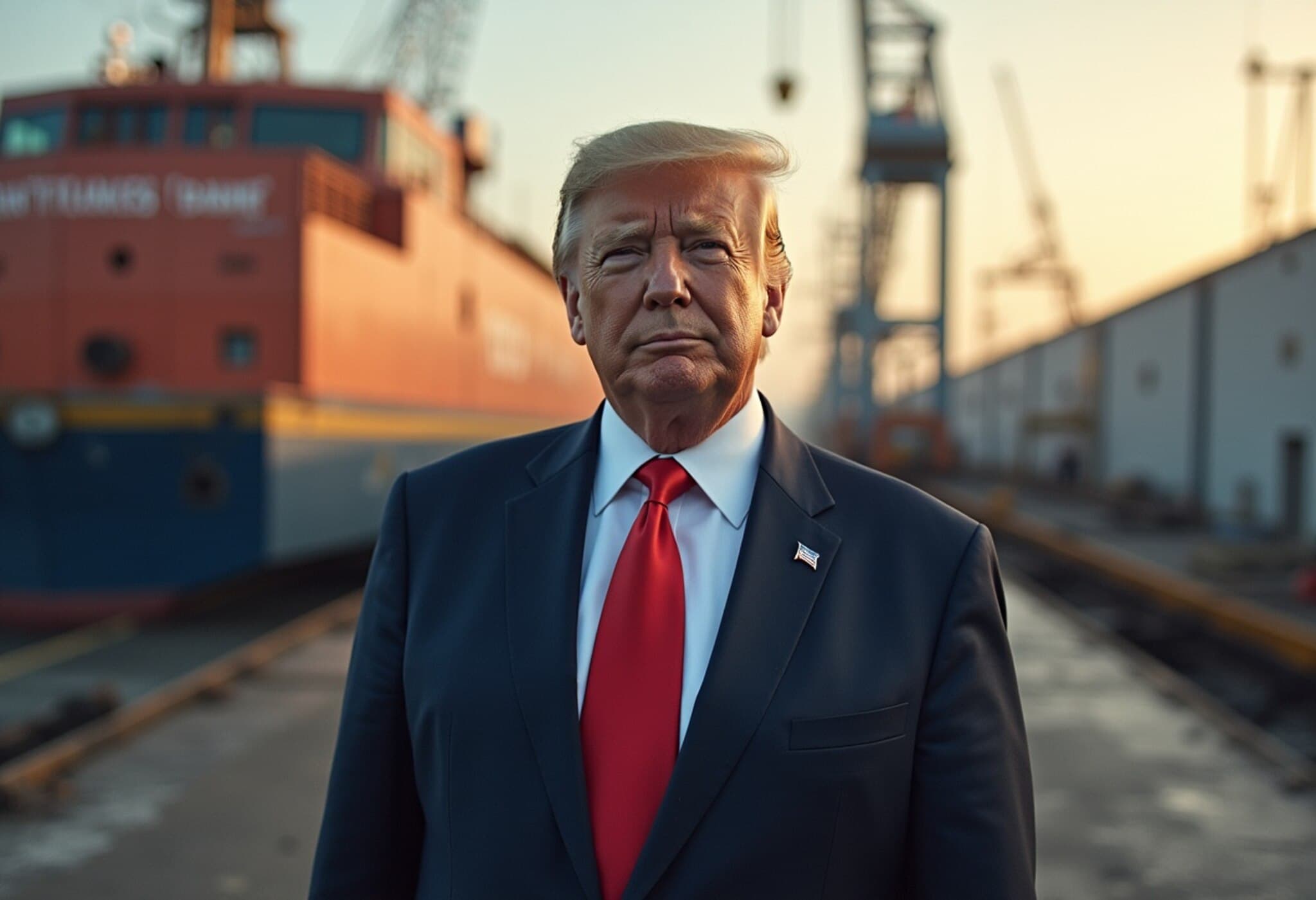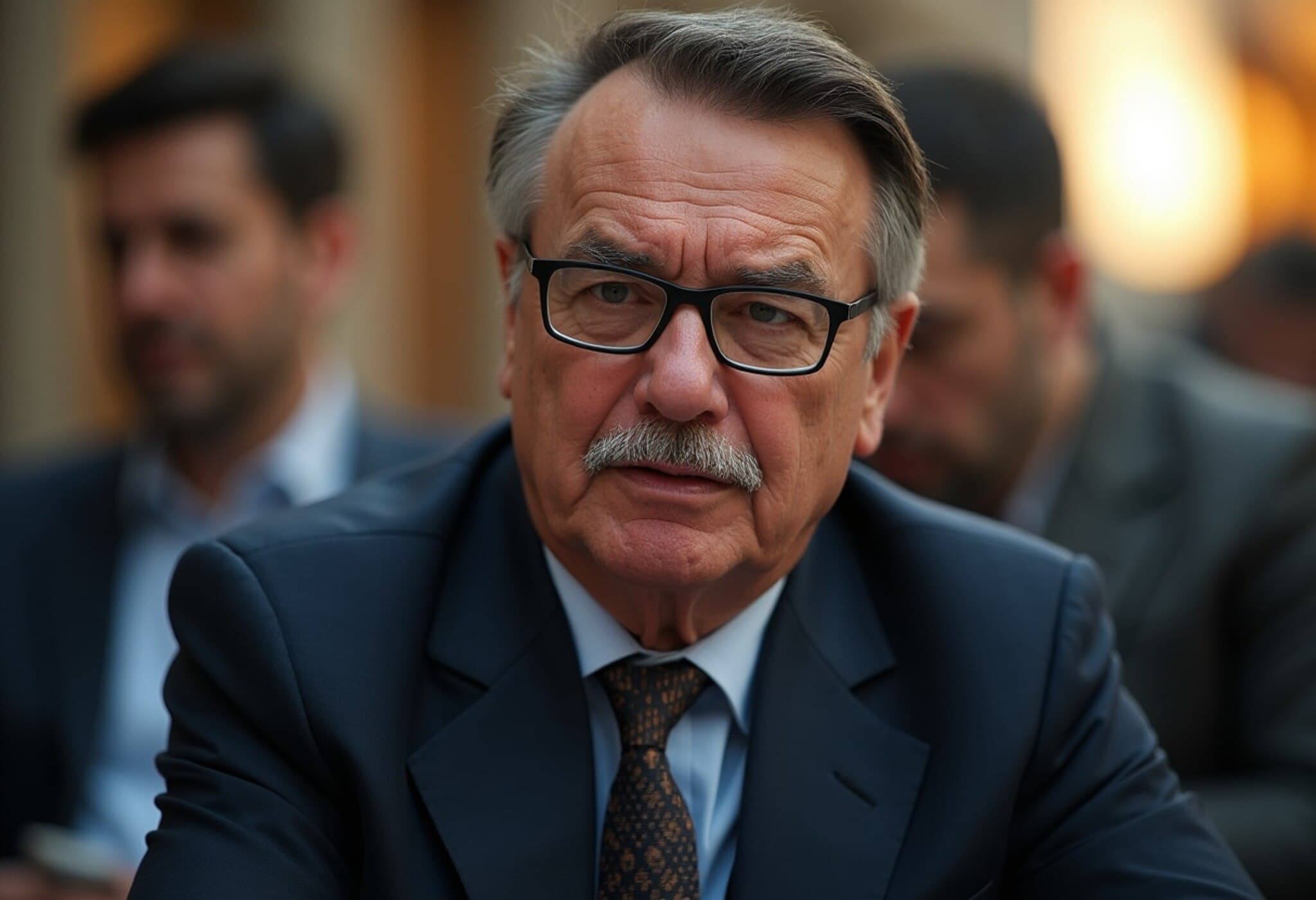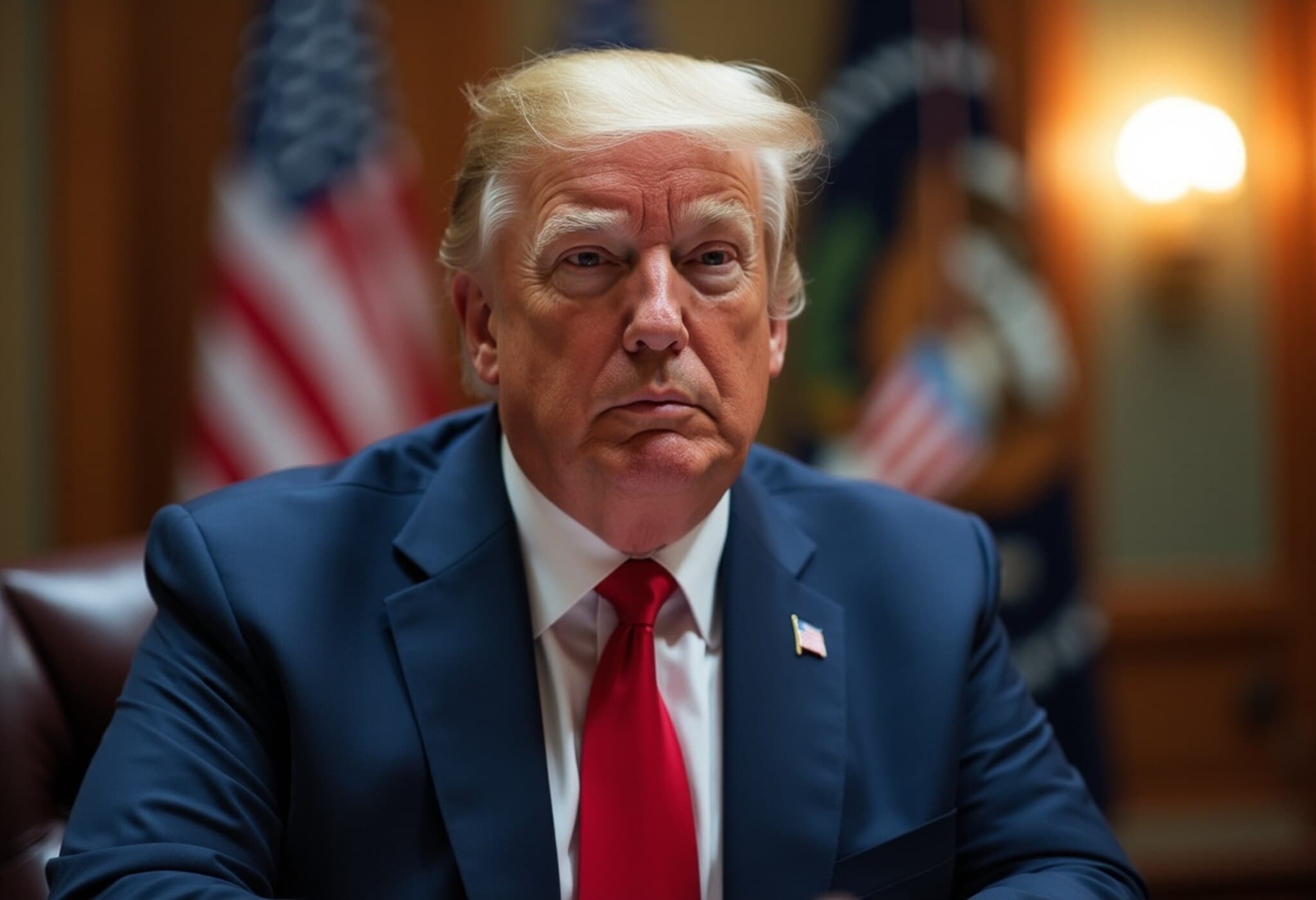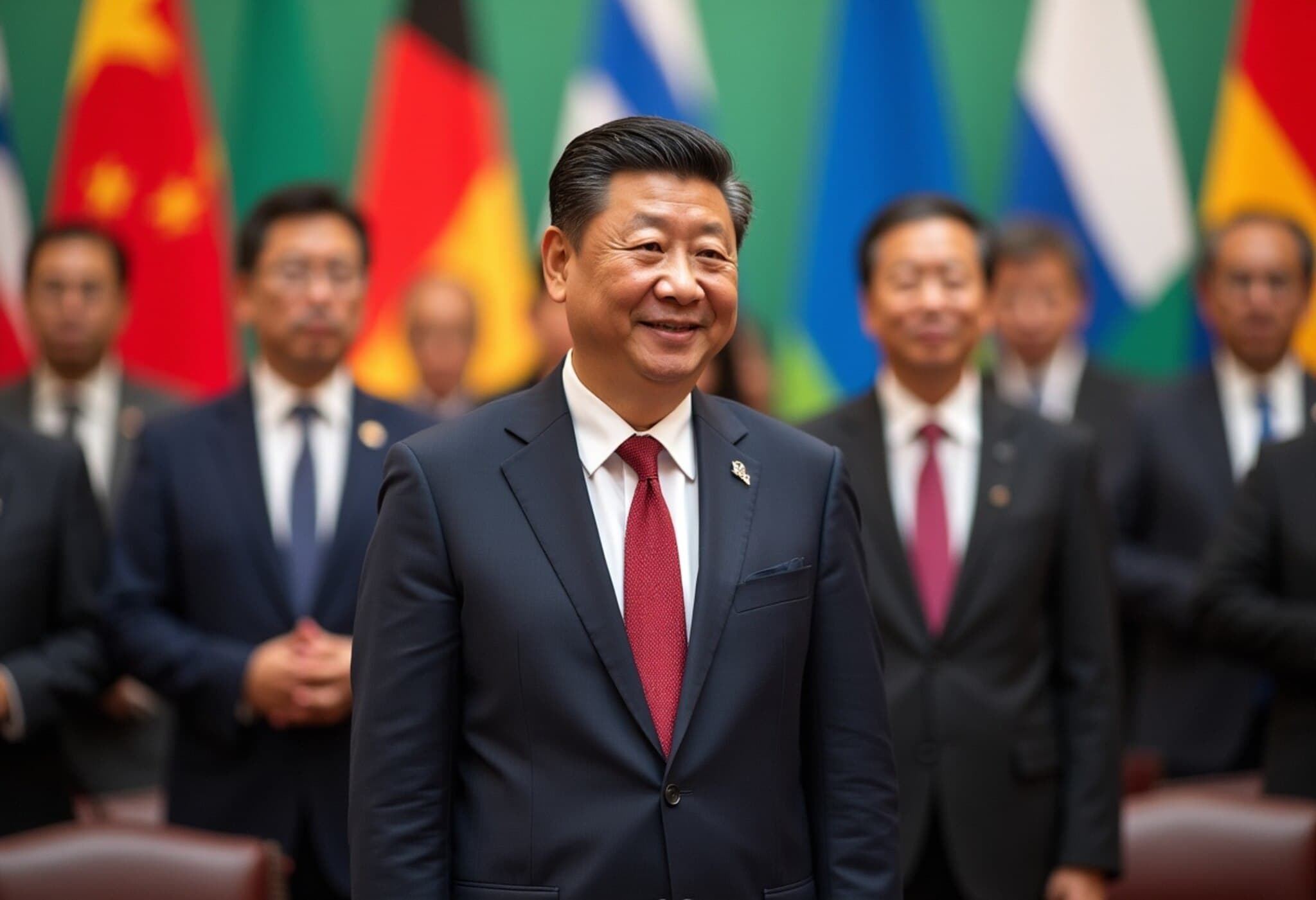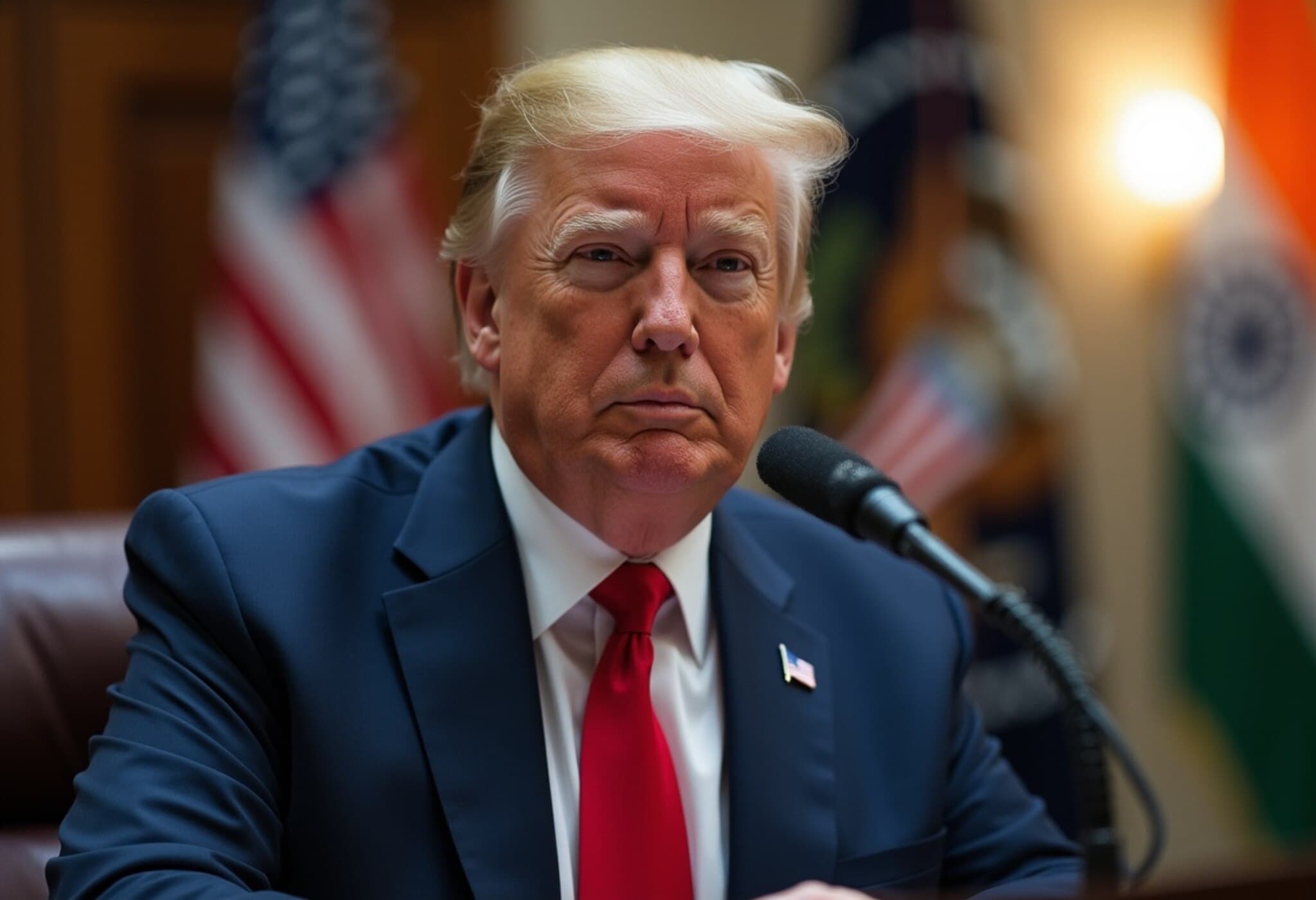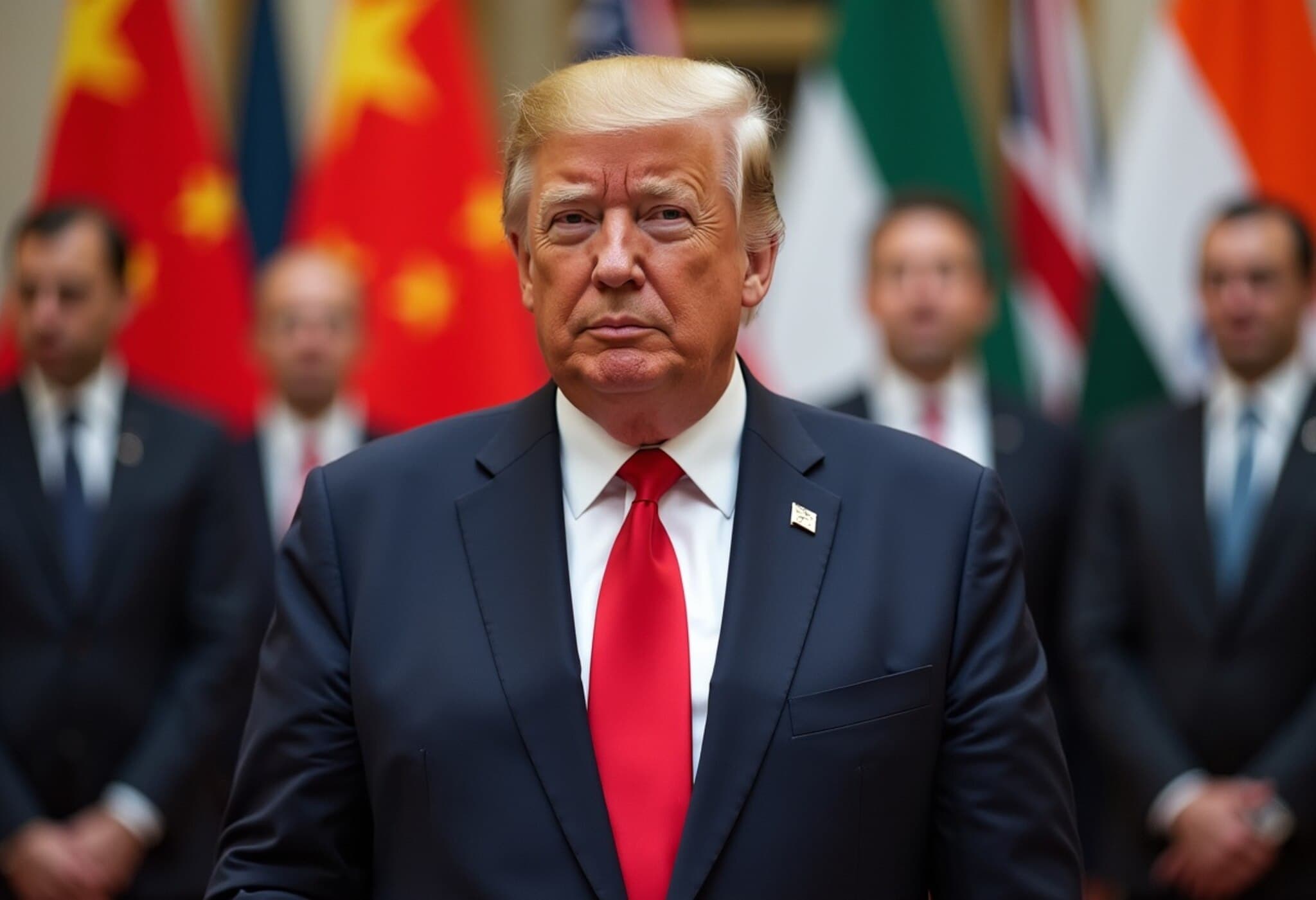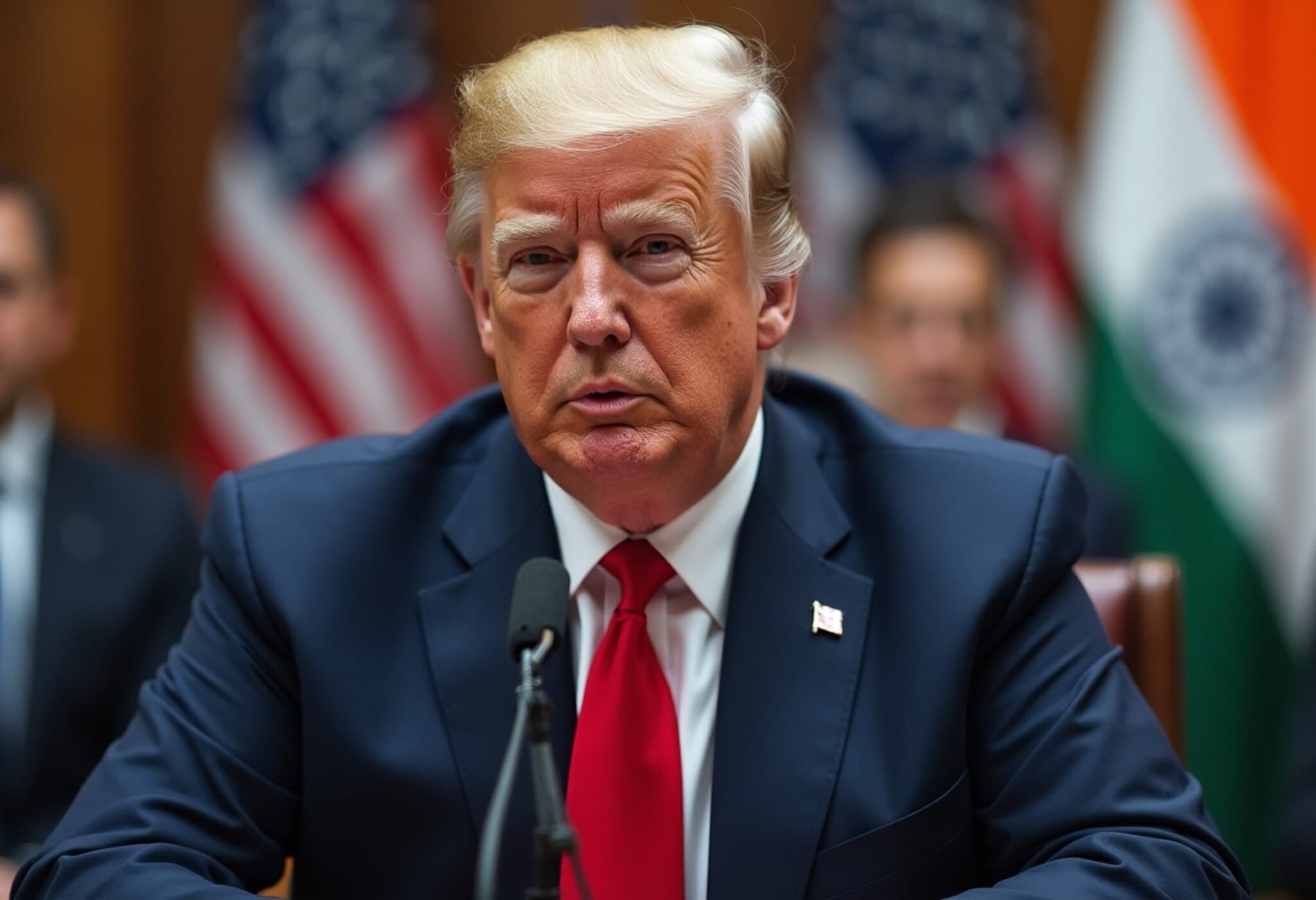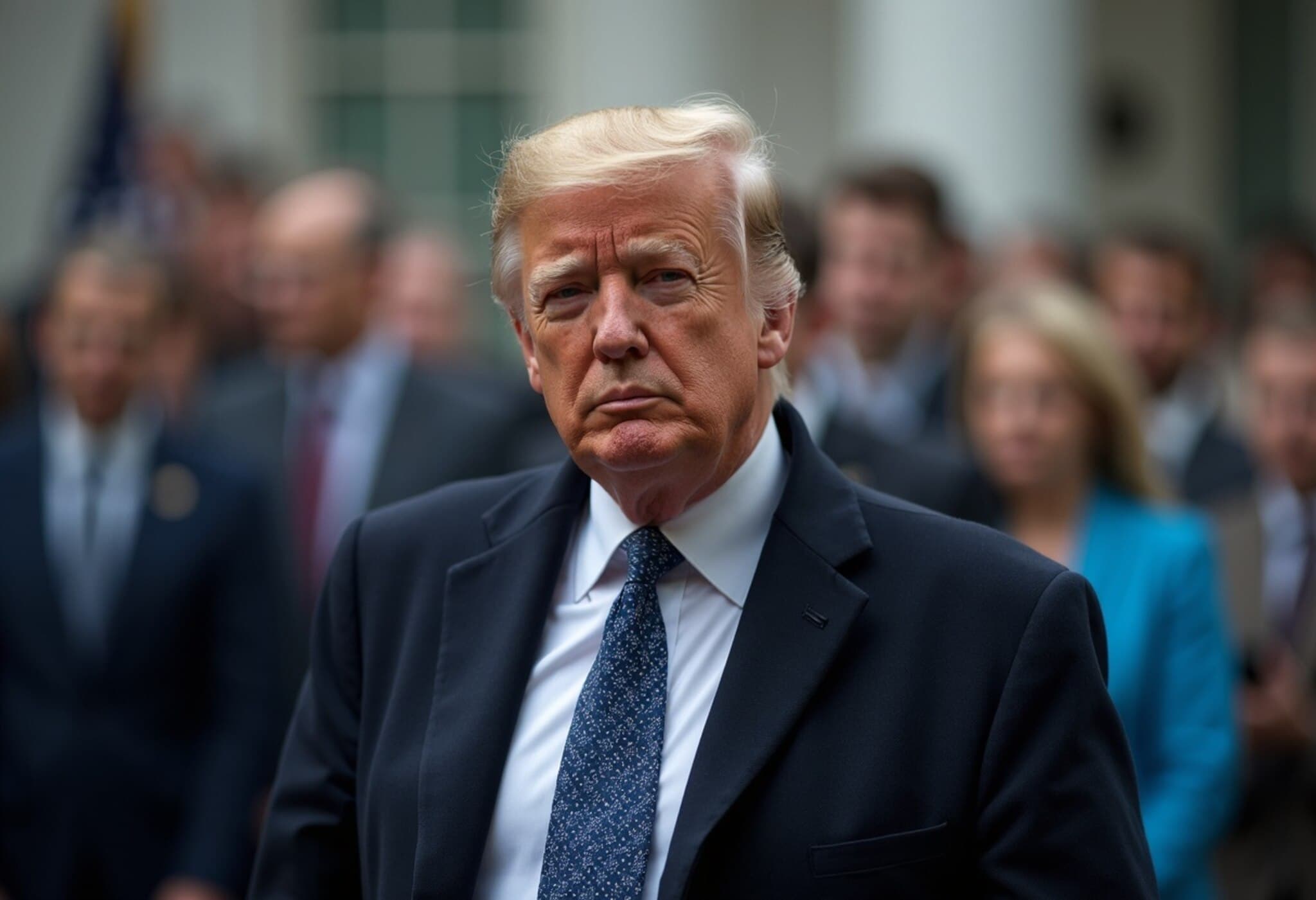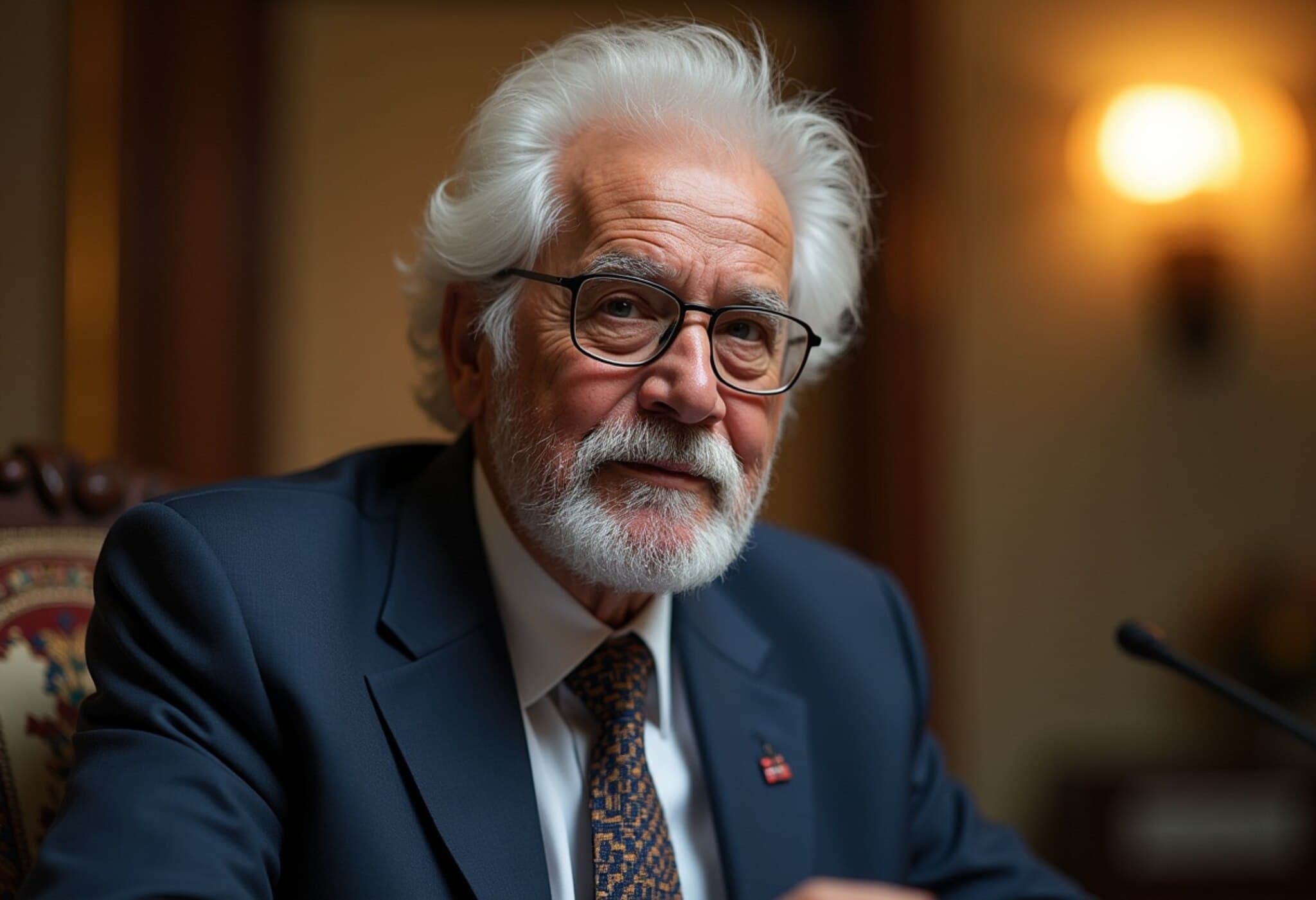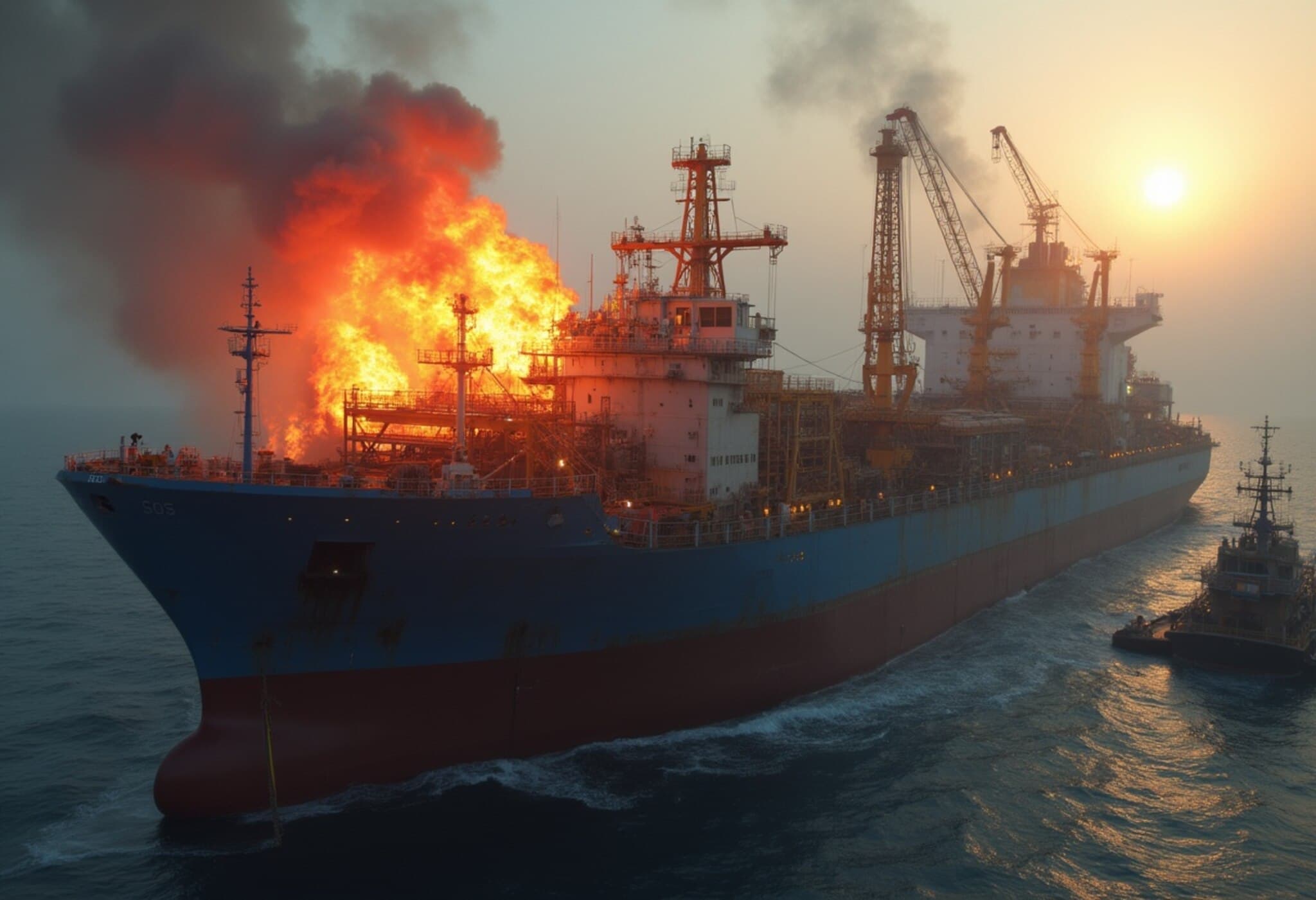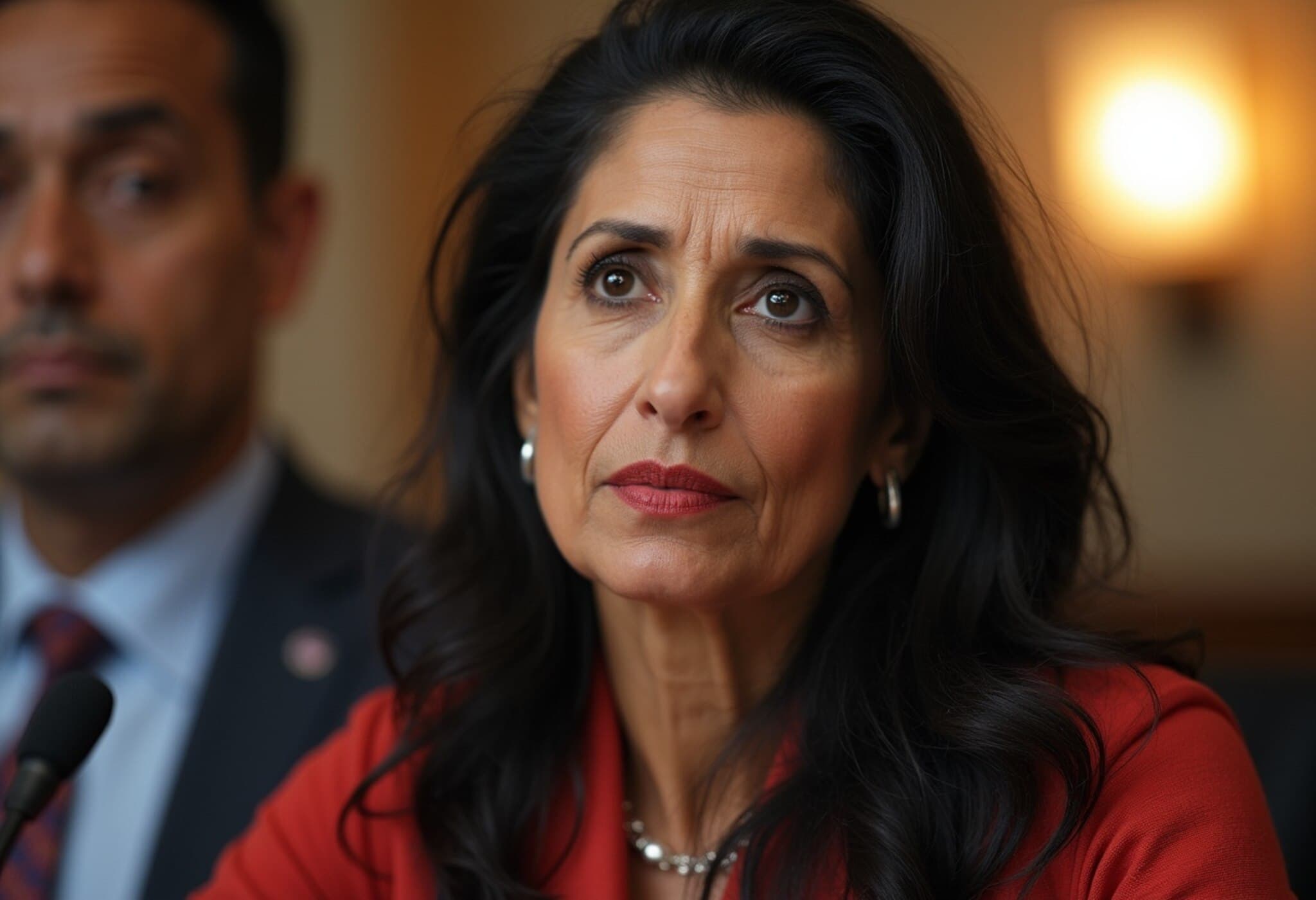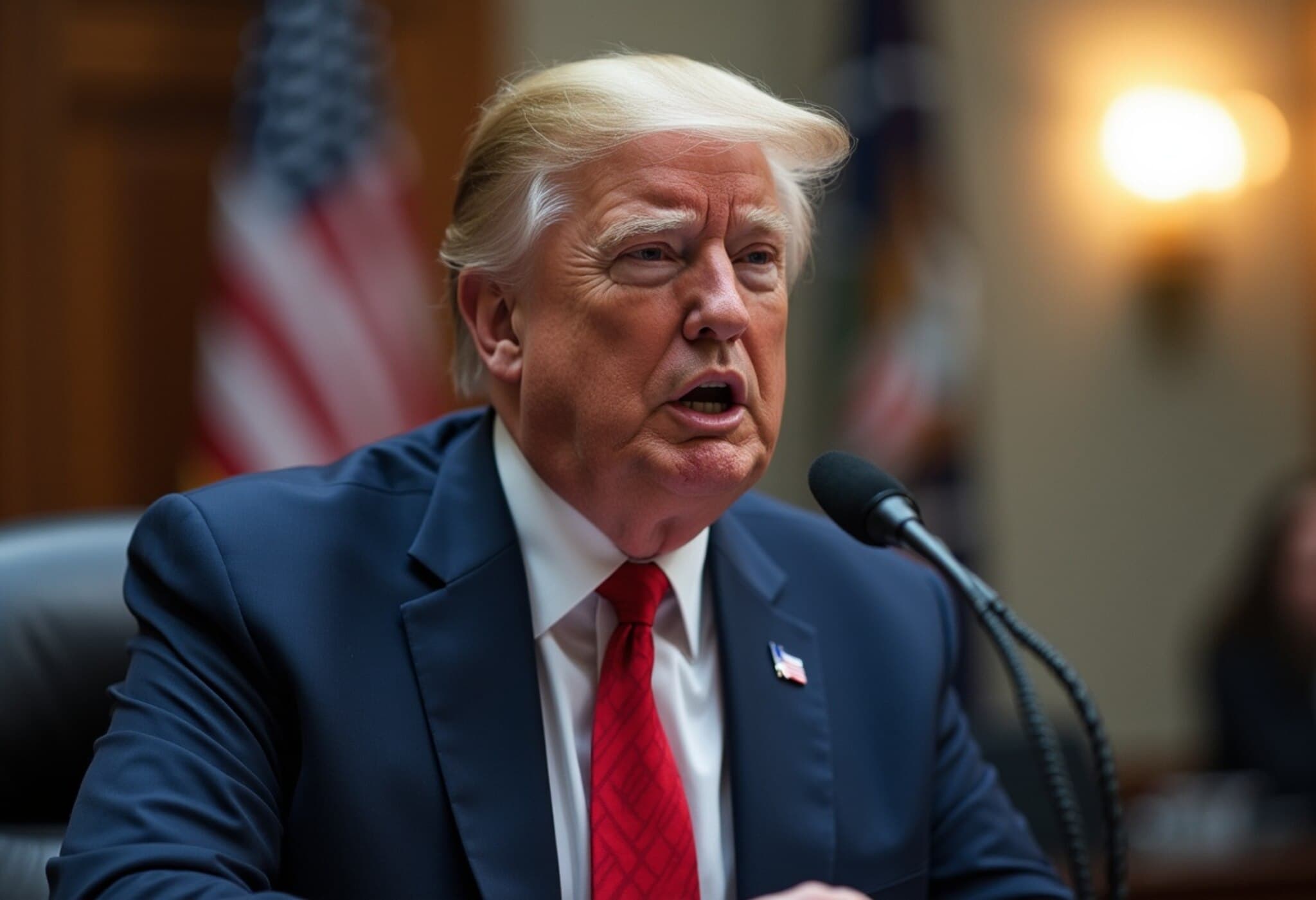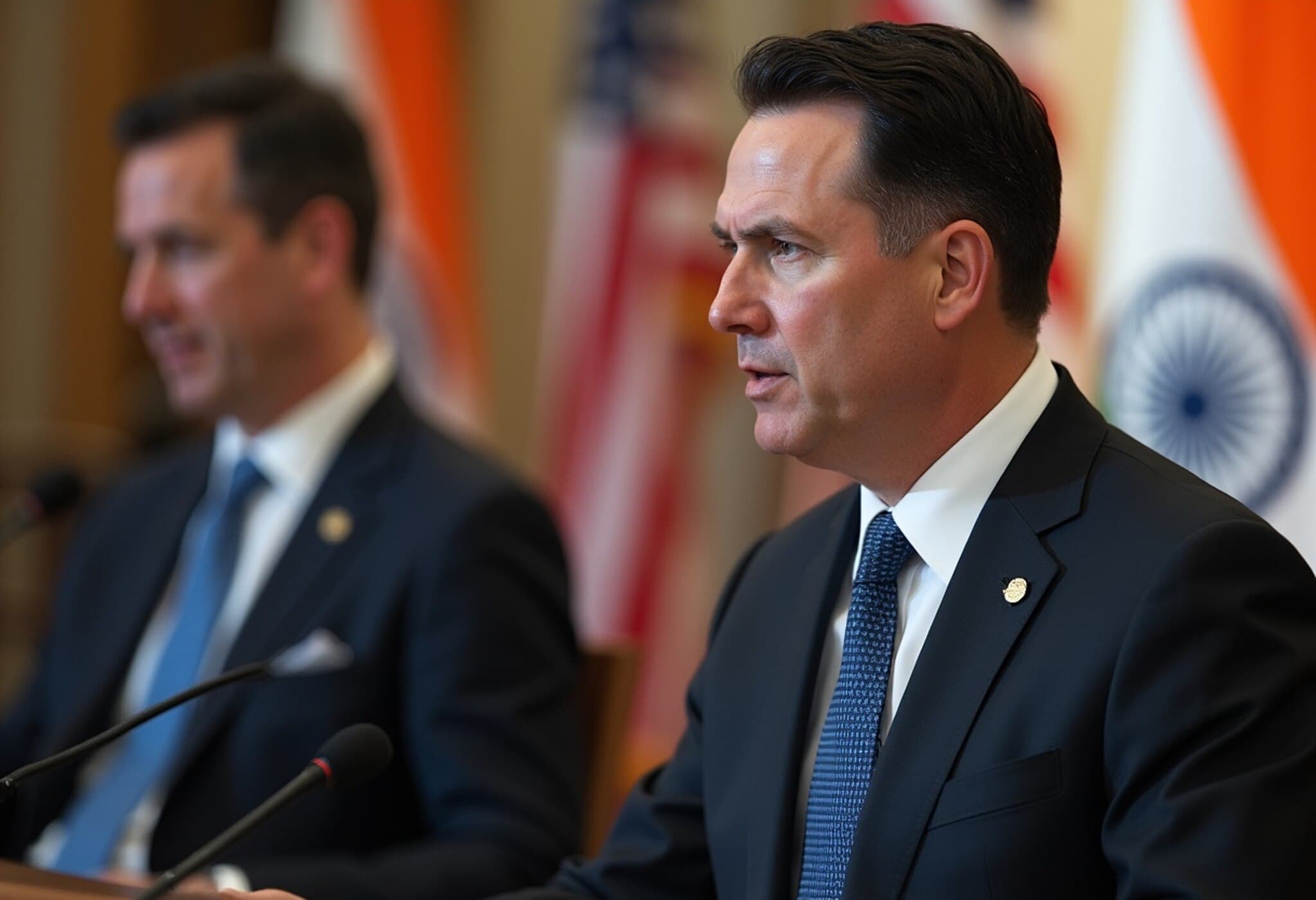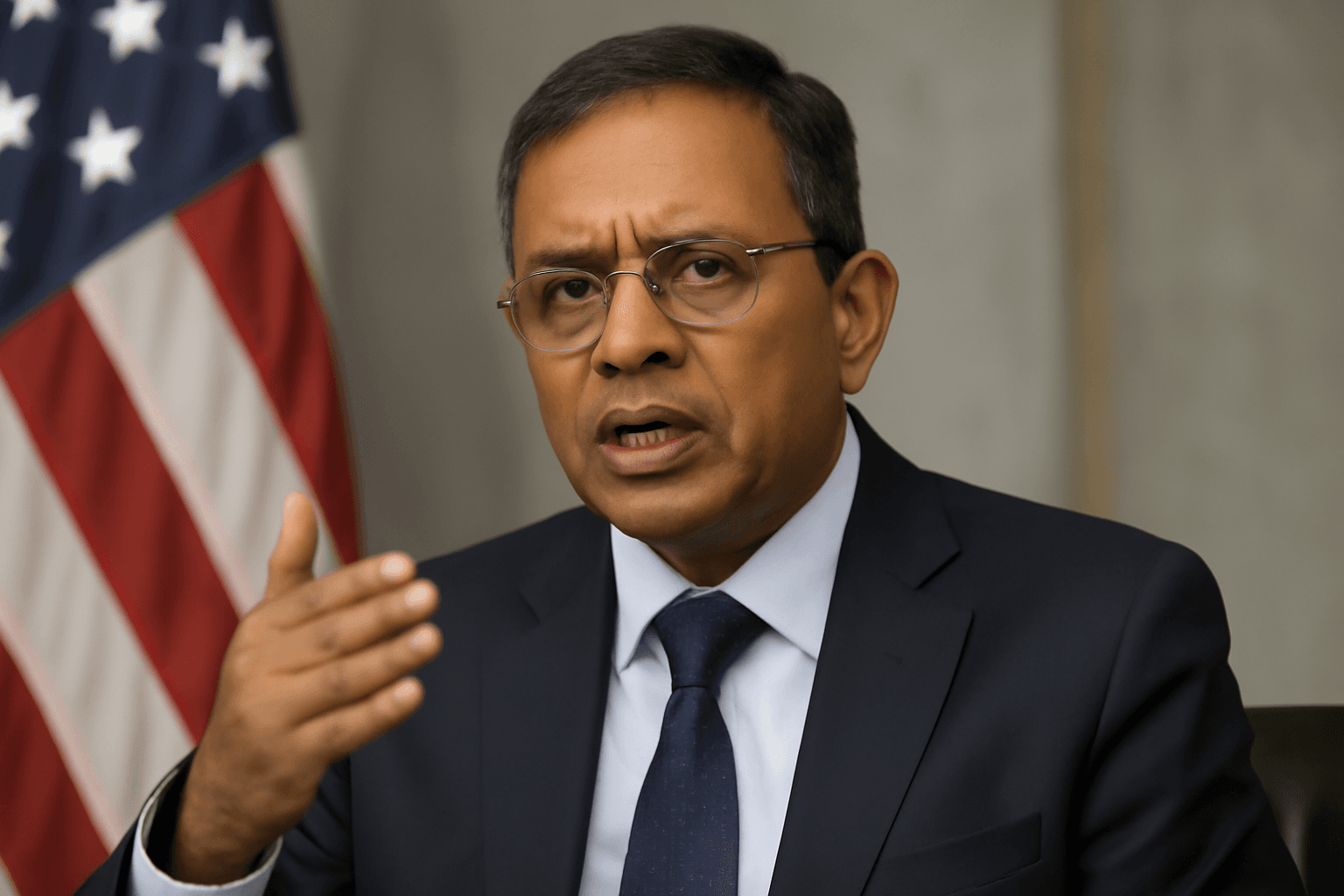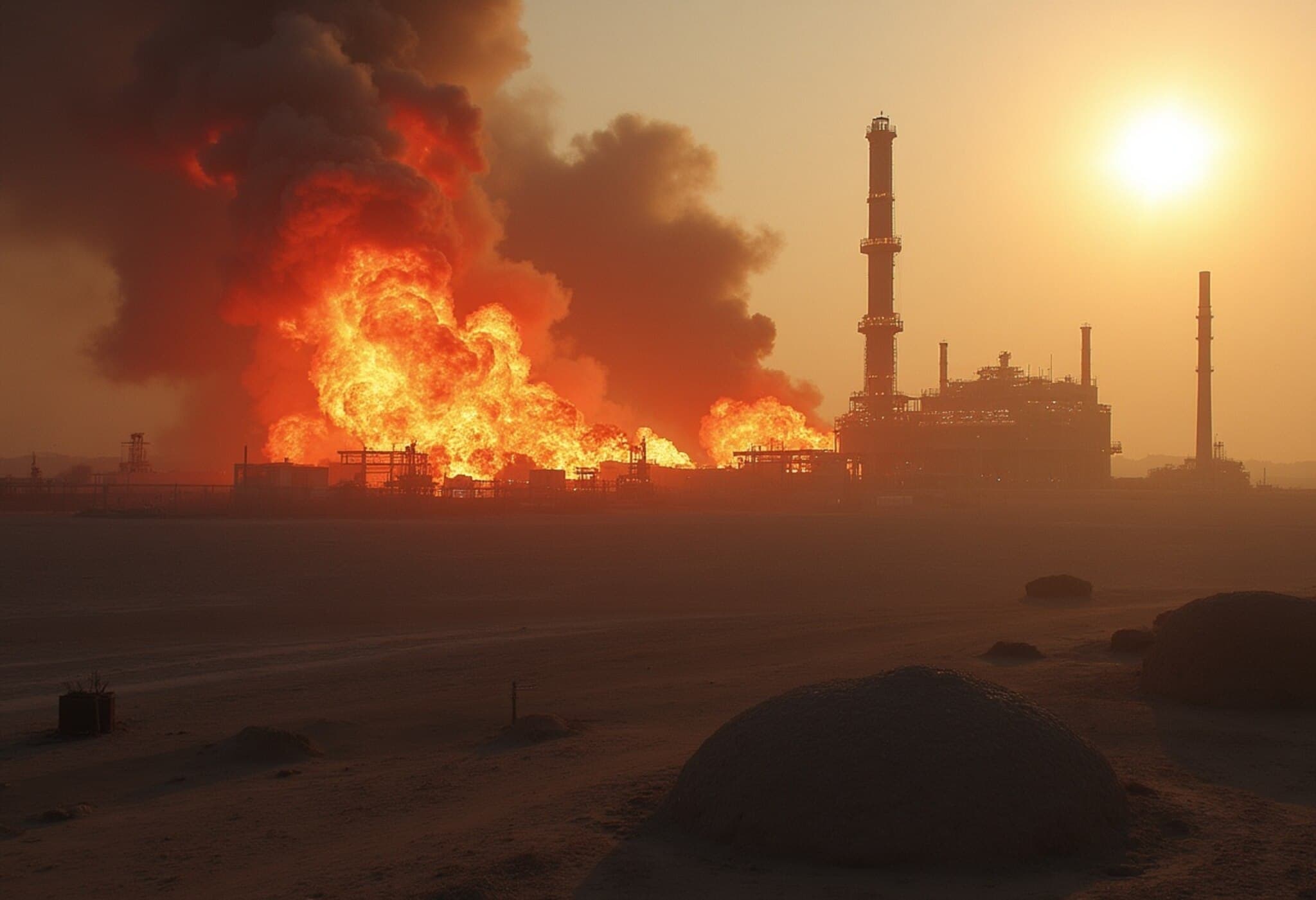India Challenges U.S. and EU on Russian Oil Trade After Tariff Threats
India has voiced strong objections to recent criticisms from the United States and the European Union regarding its imports of Russian oil. This comes in the wake of an explicit threat by former U.S. President Donald Trump to impose significantly higher tariffs on Indian goods, escalating tensions amid a complex international trade landscape shaped by the ongoing Russia-Ukraine conflict.
Context Behind India's Russian Oil Imports
According to India's Ministry of External Affairs, the nation began ramping up oil imports from Russia only after traditional suppliers diverted their resources to Europe following Russia's invasion of Ukraine in 2022. The ministry underscored that India’s energy procurement decisions are driven by the vital need for affordable and stable energy supplies for its population, stressing that these imports are not indulgent but a national necessity.
India Highlights Discrepancies in U.S. and EU Trade Practices
New Delhi has criticized the U.S. and EU for their own extensive trade relationships with Moscow—pointing out a notable double standard. While India’s total trade with Russia reached a record $68.7 billion in the year ending March 2025, the EU's trade with Russia in goods alone amounted to €67.5 billion ($78.1 billion) in 2024. Furthermore, the EU accounted for nearly 38.4% of Russia's total global trade in goods, despite reductions since 2021.
The ministry's statement called attention to these statistics, highlighting that the EU and U.S., unlike India, have greater economic flexibility and are not compelled by energy security in their dealings with Russia.
Trump’s Tariff Threats and Accusations
Last week, Donald Trump escalated the dispute by threatening to substantially increase tariffs on Indian exports and impose unspecified penalties over India’s Russian oil purchases. Trump also accused India of profiteering by buying discounted Russian oil and reselling it on the global market. However, the precise increases in tariffs remain unspecified.
Despite these allegations, India insists its oil imports are in line with efforts to stabilize global energy prices. Energy Minister Hardeep Singh Puri reiterated that at the height of the crisis, the U.S. had encouraged India to continue buying Russian oil within an established price cap to prevent soaring global prices. He noted that halting imports abruptly could have pushed prices to as high as $130 per barrel.
U.S. Historical Involvement and Trade Realities
India referenced statements from Eric Garcetti, the former U.S. ambassador to India, who acknowledged in 2024 that the U.S. was supportive of India purchasing Russian oil to stabilize energy markets. Additionally, the U.S. Energy Information Administration reported that Russia became India's second-largest oil supplier, with imports rising from less than 100,000 barrels per day before the Ukraine war to over 1.8 million barrels per day by 2023.
India Raises Broader Trade Equity Concerns
India also points out that the U.S. continues importing strategic materials, such as uranium hexafluoride essential for its nuclear sector and palladium crucial to the electric vehicle industry, as well as fertilizers and chemicals from Russia. Unlike India's experience, the U.S. has not imposed reciprocal tariffs on Russia, despite a $5.2 billion bilateral trade figure in 2024.
The Indian government considers the targeting of India as both unjustified and unreasonable, asserting its sovereign right to safeguard national interests and economic security amid global uncertainties.
Expert Perspectives on the Trade Dispute
Rachel Ziemba, adjunct senior fellow at the Center for a New American Security, acknowledges some merit in India’s stance, highlighting that the previous U.S. administration’s price cap system effectively eased the rerouting of Russian oil to countries like India.
Former Indian Finance Secretary Subash Garg remains skeptical about the prospects for a bilateral trade agreement with the U.S., citing deep divergences in policy positions. He suggests that India should allow the threatened 25% tariffs to proceed, viewing them as manageable and potentially offset through domestic consumption or alternative export markets.
What This Means for Global Trade Dynamics
The ongoing friction between India, the U.S., and EU over Russian oil underscores the broader challenge of balancing geopolitical pressures with economic realities. India's position reflects a larger dilemma faced by emerging economies striving for energy security while navigating sanctions and evolving global alliances.
This dispute also raises critical questions about the fairness and consistency of trade sanctions, the role of major powers in enforcing their policies, and the long-term implications for Indo-U.S. relations amid shifting global power balances.
Key Takeaways:
- India’s Russian oil imports are strategic, driven by energy security amid disrupted global supplies.
- Both the U.S. and EU maintain significant trade with Russia, highlighting potential double standards.
- Trump’s tariff threats reflect escalating tensions but may have limited impact on India’s export resilience.
- The dispute spotlights wider questions about the fairness of global trade sanctions and geopolitical alliances.
Editor’s Note
This evolving saga reflects the complex interplay between energy policies, global diplomacy, and trade fairness. While India stands firm on the necessity of its imports amid unprecedented disruptions, the U.S. and EU’s positions reveal the nuanced realities of sanction enforcement and economic leverage.
For policymakers and global businesses alike, this conflict offers a case study in navigating competing interests without compromising energy security or international cooperation. As global supply chains and alliances undergo rapid transformations, transparent dialogue and equitable approaches to trade sanctions will be essential to maintaining stability.
Readers are encouraged to consider how such disputes shape not only bilateral ties but also the broader trajectory of global economic governance and energy security in an uncertain world.

